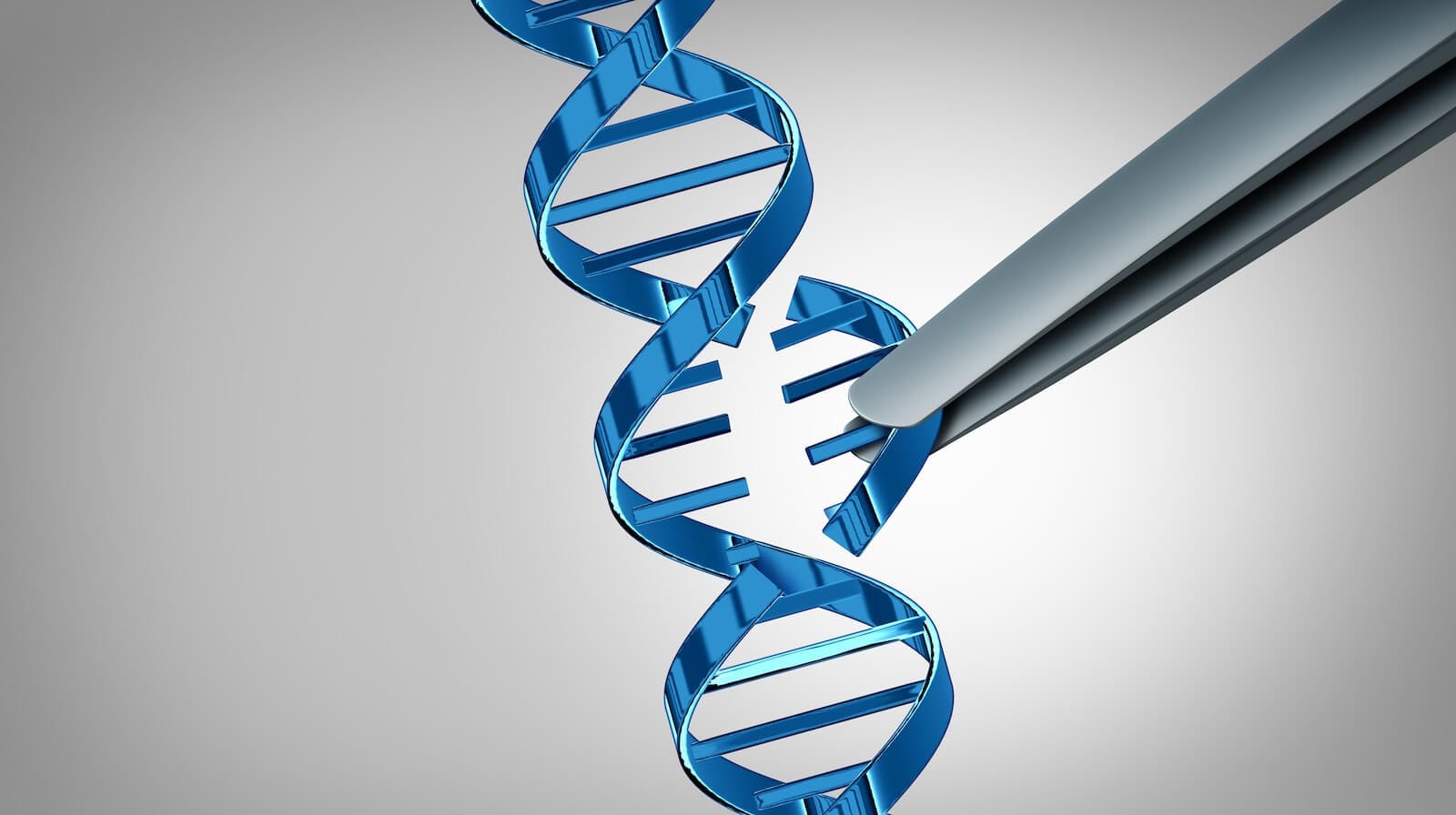WHY I DON'T THINK THE S&P HAS COMPLETED A HEAD AND SHOULDERS BOTTOM -- BUT CHART WORK DEALS WITH PROBABILITIES NOT CERTAINTIES -- HAPPY NEW YEAR
AN ALTERNATE VIEW ... I've written many times over the last few months about my view that the cyclical bull market in stocks has entered a fifth (and final) upleg. That's based on the Elliott Wave approach that holds that bull markets take place in five waves -- three upwaves and two corrective waves. I've overlayed my interpretation of those waves on the monthly S&P 500 bars in Chart 1. It looks to me like the 2004 correction was a fourth wave (see 4) and that the recent move to a three-year high is the fifth wave. While that view is bullish over the short run (primarily during the seasonally strong November through January period), it also calls for some caution after we enter the new year. As is usually the case, however, there's an alternate view that several readers have asked about. I thought it only fair to discuss that more bullish interpretation, which is that the S&P 500 is completing an inverse "head and shoulders" bottom.

Chart 1
HEAD AND SHOULDERS BOTTOM?... The monthly bars in Chart 1 show how a chartist might arrive at that view. The pattern includes the entire period from 2001 through 2004. A "head and shoulders" bottom includes three troughs with the middle one (the "head") lower than the two "shoulders". That would make the late 2002/early 2003 trough the "head". The two "shoulders" would be in 2001 and 2004. The three circles mark those three troughs. The trendline drawn over the early 2001 and 2004 highs could qualify as a "neckline". The recent upside penetration of that neckline would have completed that bullish pattern. The normal upside target for a H&S bottom is the height from the neckline to the bottom of the head (which is roughly 400 points). Added to the breakout point at 1150, the H&S target would be a retest of the early 2000 peak at 1550.
WHY I DON'T THINK THIS IS A H&S BOTTOM... While I can't completely rule out the possibility that the S&P has traced that more bullish H&S pattern, there are some technical reasons why I don't think that's the case. One simply has to do with the fact that the two "shoulders" are dissimilar. In most valid H&S patterns, there's usually a symmetry between the two shoulders. The bottom of the right shoulder often reaches the bottom of the left shoulder. That's not a rigid requirement, but a strong tendency. Chart 2 shows a difference of 100 points (10%) between the bottom of the two shoulders (see arrows). Visually, the right shoulder looks "too high" to fit into the normal symmetry of a H&S pattern. Then there are the waves. At a true bottom, the move up from the "head" is usually Wave 1 in an Elliott Wave sequence. The "right shoulder" usually qualifies as corrective Wave 2. That means that the upside penetration of the "neckline" normally takes place during Wave 3, which is often the biggest of the three upwaves. In this case, the upside penetration looks more like a Wave 5. Obviously, a Wave 5 breakout leaves much less upside potential than a Wave 3 breakout. Interestingly, the "head" in Chart 2 lasting from mid-2002 to March 2003 was in itself a "H&S bottom" (see box).

Chart 2
A SMALLER S&P H&S BOTTOM ... Chart 3 shows a close-up of the more convincing H&S bottom formed in the S&P 500 from mid-2002 to the spring of 2003 (see box in Chart 2). Notice that the bottom of the two shoulders (see circles) are only 13 points apart (1.6%). That's more in keeping the usual symmetry seen in a valid head and shoulders bottom. In addition, the upside penetration of the "neckline" (see box) looks like Wave 3, which is the normal sequence. [In chart work, the second trough in a "double bottom" or the third trough in a "head and shoulder" bottom usually forms a corrective Wave 2 in an emerging uptrend]. A simpler way to arrive at an upside H&S target is to measure the distance of Wave 1 (954-768 = 186) and add that to the top of Wave 1 (954 + 186). That gave an upside H&S target to 1140 which the S&P reached in early 2004.

Chart 3

Chart 4
UPSIDE TARGETS FROM H&S BOTTOM ... I've already shown the first upside target to 1140 which is gotten by doubling the first upleg (Wave 1). The S&P 500 exceeded that target by 23 points (2%) at the start of 2004 before entering a downside correction (from 1163). That first target usually approximates the top of Wave 3. A second upside target is found by tripling the size of Wave 1. That yields an eventual upside target to 1326. That tripling gives us an idea of where the third upleg (or Wave 5 in Elliott terms) might reach. If you look again at the monthly bars in Chart 1, you'll see that the next resistance barrier for the S&P is the spring 2001 peak at 1315 (see box). You may recall that I recently wrote that I thought the final upleg in the S&P could reach that level. The upside target zone that I've been using for the S&P ranges from 1250 to 1300.
THERE'S NO CERTAINTY -- JUST PERCENTAGES ... Just as in any other form of analysis, technical work doesn't deal in certainties. In deals in probabilities and percentages. That's why a well-regarded technical analyst can go on television and describe the S&P 500 as having broken out of a major "head and shoulders" pattern. And why other well-regarded analysts might disagree. I can't say for sure that it hasn't. All I can do is explain why I don't think that's the case. And that's what I've tried to do here. As a caveat, I have to also point out that major investment decisions should never be based solely on one technical theory -- especially one as subjective as Elliott Waves. The last thing we want to do is fight an existing trend. Although I believe the market may be headed for trouble in 2005, I'll be looking for more tangible signs of that trouble in our daily charts and technical indicators. That's always the deciding factor.
HAPPY NEW YEAR ... Seasonally the market has done just what it usually does. We've had the usual post-election rally that coincided with the traditional three-month bulge that lasts from November through January. We've also had the yearend Santa Claus rally. I'm hopeful that January will be another good month. After that, I'm not so sure. But that's next year. For now, I'd like to wish one and all a Happy (and safe) New Year.










